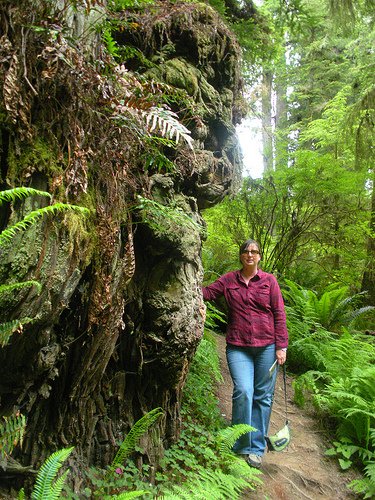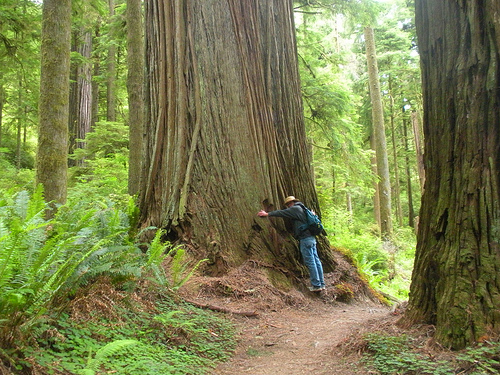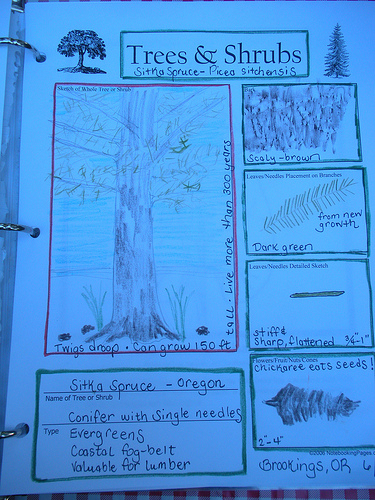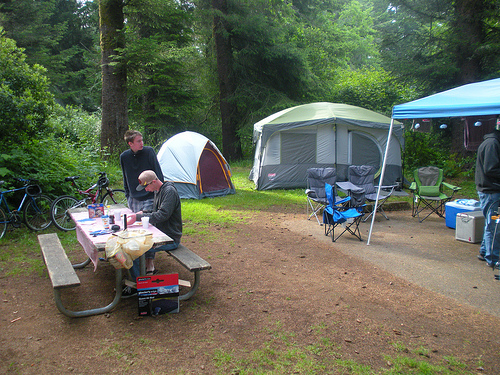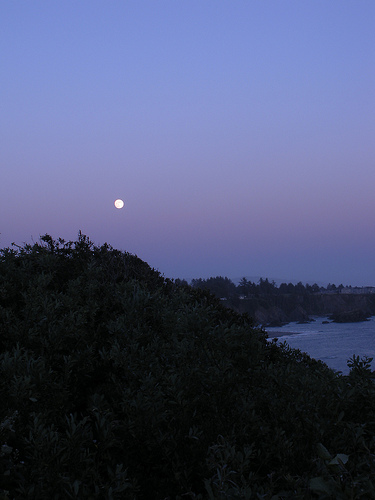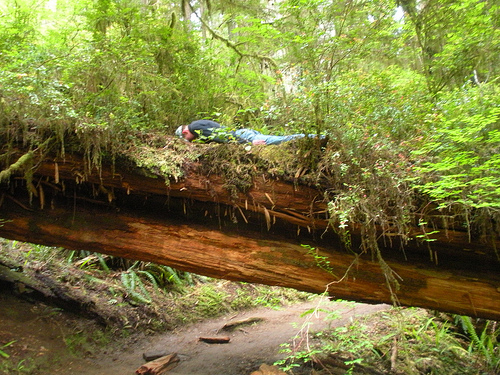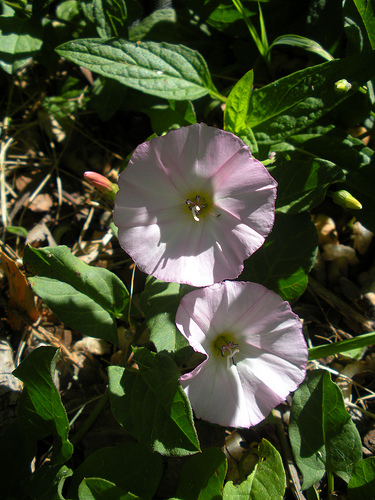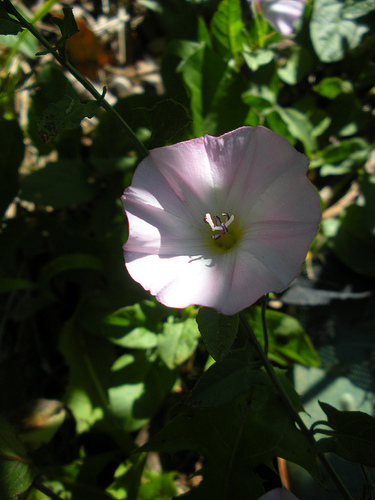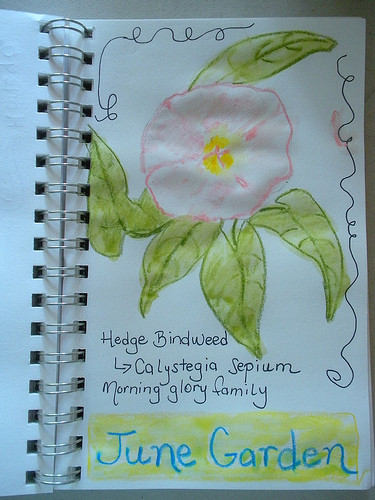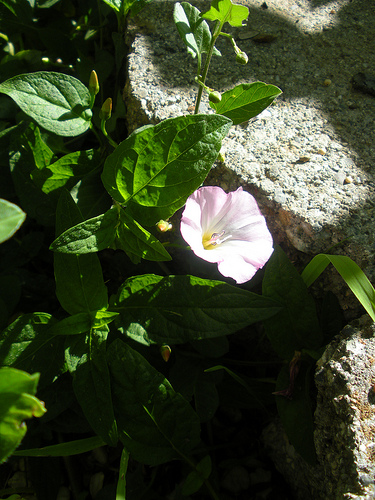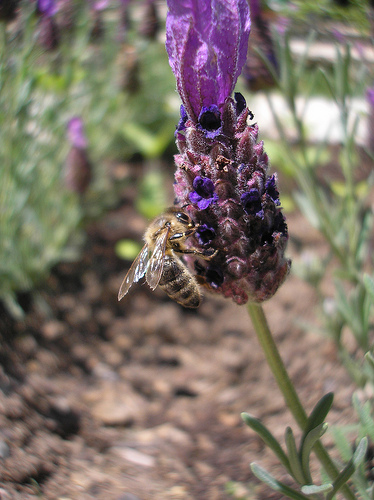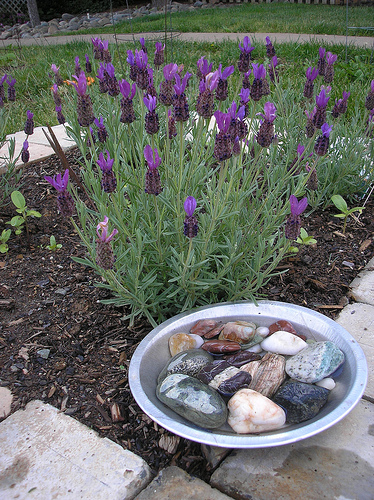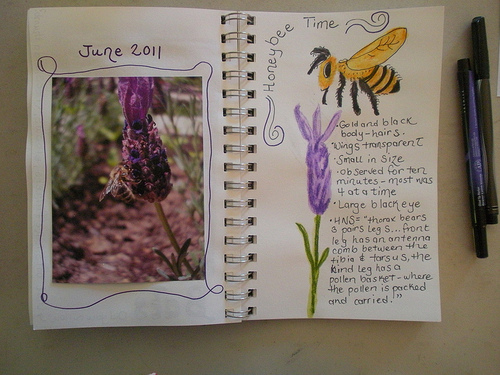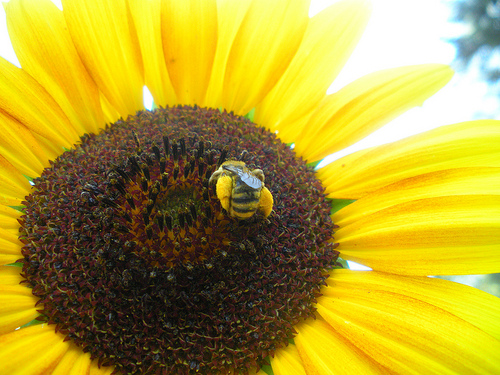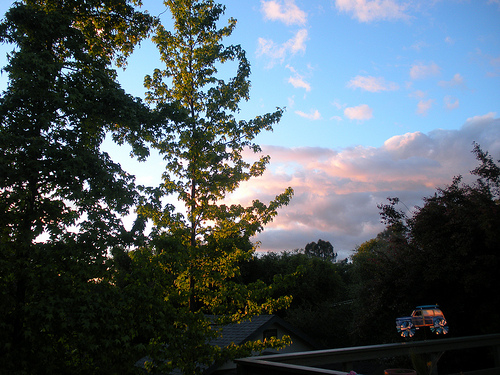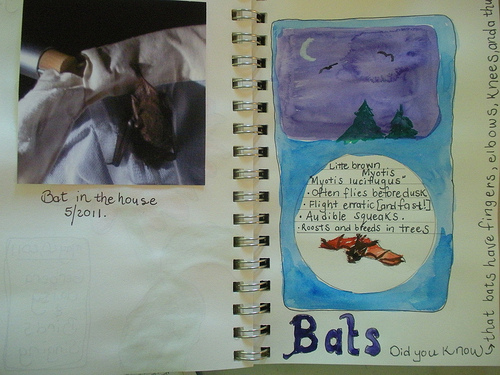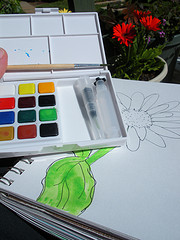“They usually occur in marshy zones along lakes or streams; and such a zone is always sharply defined by dry land on one side and water on the other.”
Handbook of Nature Study, page 502
We did a little research about cattails in California and were interested to find out that it is considered an “invasive weed”. I can see where it might be trouble in irrigation ditches but it is hard for us to put the cattail into the invasive weed category. They are so green and pretty in the summer and they provide such a great habitat for the red-wing blackbirds and other animals as well.
If you remember from the spring we were a little worried that our cattail patch, wondering if it would recover from some pruning that the neighbor did to clear out their ditch. Well, we returned in July to check things out.
Our patch has grown back! The ground was nice and damp which was perfect for getting those cattails going again and the green leaves were sprouting up everywhere. We were so encouraged.
Here is the actual cattail part that is usually brown but it is still green in July. The shape is there but it is not the brown cigar-shaped flower head that we are accustomed to.
As part of the August Newsletter challenge, we returned again to our cattail patch and took a look at what had changed since spring and since last month. We were in for a surprise!
The county has dug up the creek just above our patch of cattails and has rerouted the water into a pipe. Now it appears that unless there is a spring for our cattails that they might be doomed without water.
We walked down the trail to our patch and it was still there but the ground is not as damp as it was last month. The cattails have turned brown and are covered in pollen.
I could just brush the flower head and the pollen would puff out like smoke.
“These flowers may be studied in the schoolroom with suggestions for field observations. A lens is almost necessary for the study of most of these flowers.”
Handbook of Nature Study, page 503.
We were able to examine the different parts of the cattail, wishing we had our hand lens. We will try to remember to throw in the hand lens for our next trip to the cattails.
Here are some other interesting things we saw on our walk.
I have no idea what this plant is but it was right in among our cattails. The tiny seeds and the way it grows make this an interesting plant to observe.
Our Queen Anne’s Lace is so small this year…the plants are small and the flower heads are small. It is amazing to see the difference in how this plant looks from last year’s crop.
The wild sweet peas are just about finished blooming and all the surrounding areas are brown. The pink really stands out as you walk the trail….the bees love it!
I look forward to seeing some of your pond studies or any other nature studies you have completed this month. Make sure to submit your entries to the Outdoor Hour Challenge Blog Carnival. You can submit your entries by following this LINK.
















